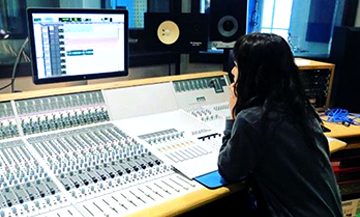Sound Engineering Course In Chandigarh
Backstreet Music Academy is different from other schools in our attitude to teaching Music Production and Audio Engineering. We don’t think they’re best learnt by writing lots of essays – we go for the hands-on approach rather than an eyes-down approach. This is what makes Backstreet Music Academy, the best music academy in Chandigarh. Our industry oriented approach for Sound Engineering Course In Chandigarh creates that edge for our students and make them better than the rest.Expect to roll up your sleeves up and get stuck into creative tasks – remixing, track deconstructions, collaborative projects, recording bands, and ultimately working towards writing quality music in the style that you want to.

